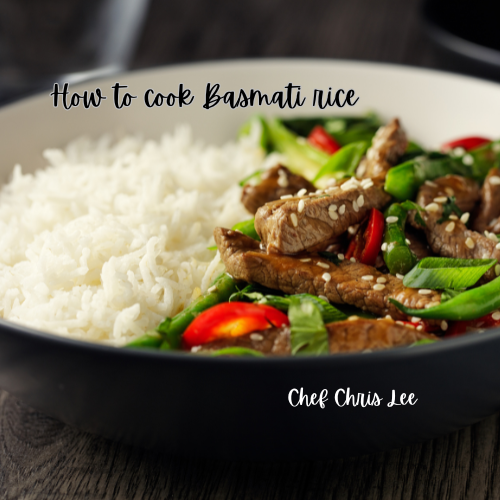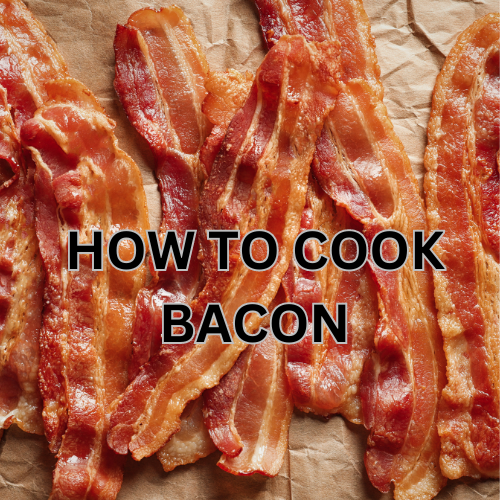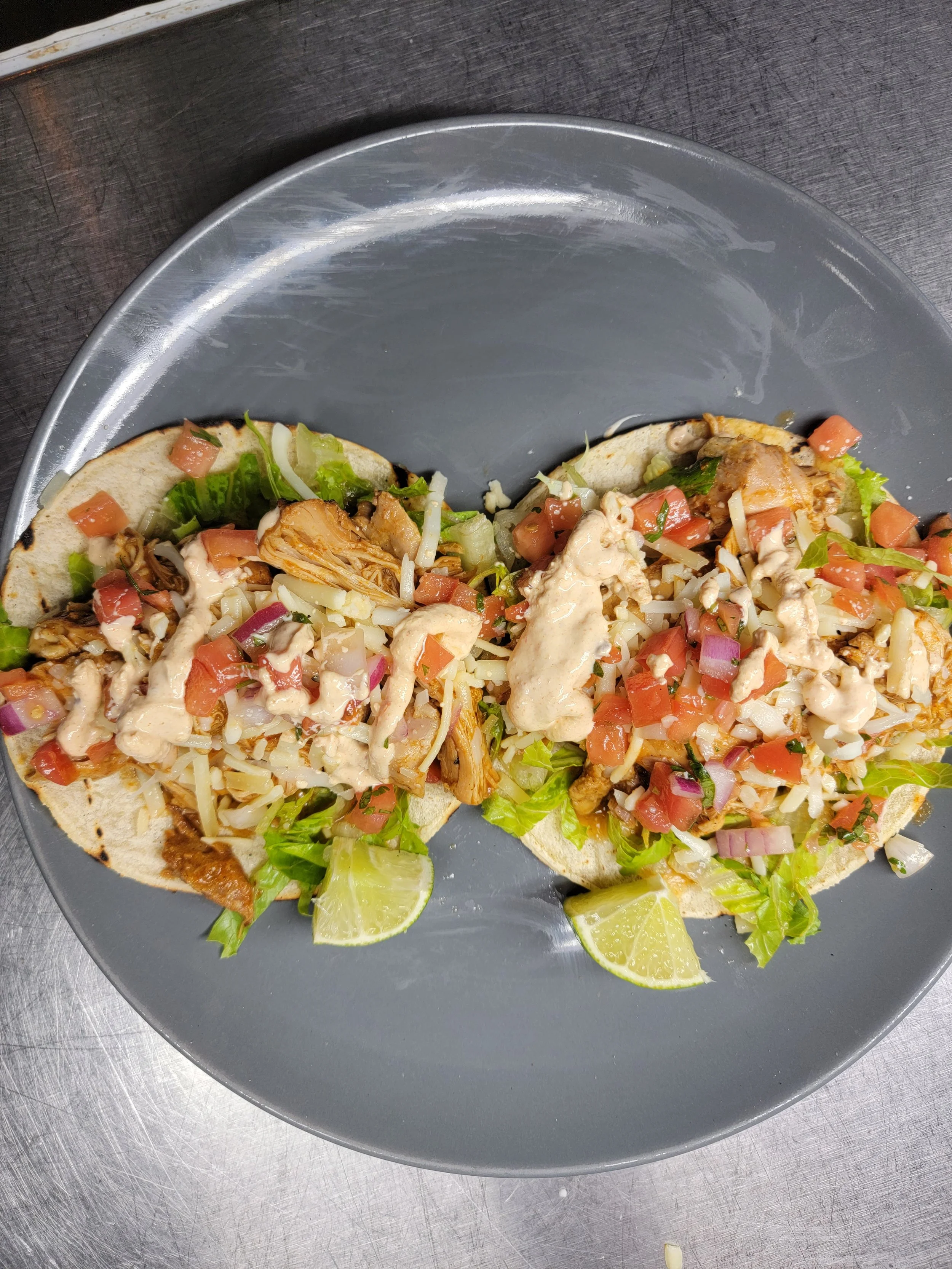Microwave butternut squash
Introduction
The microwave oven, a modern marvel of kitchen technology, has revolutionized how we cook and prepare meals. With its ability to quickly heat and cook food, microwaving has become a go-to method for busy individuals seeking convenience without compromising taste or nutrition. In this article, we delve into the world of microwave cooking, focusing on one particular vegetable: butternut squash.
A Brief Overview of Microwave Cooking
Microwave cooking involves using electromagnetic waves to generate heat within the food itself. These waves excite water molecules in the food, causing them to vibrate and produce heat. Unlike traditional cooking methods that rely on conduction through direct contact with a hot surface or convection through circulating hot air, microwaving is incredibly efficient as it heats food from the inside out.
One of the significant advantages of microwave cooking is its time-saving convenience. Compared to conventional methods like roasting or boiling, microwaving butternut squash significantly reduces cooking times.
Instead of waiting for an oven to preheat or vigilantly monitoring a stovetop pot, microwaving allows you to prepare this versatile vegetable quickly. Whether you need a quick weeknight side dish or want to experiment with exciting butternut squash recipes in the microwave, this method will ensure efficiency without compromising taste.
Introduction to Butternut Squash as a Versatile and Nutritious Vegetable
Butternut squash is truly a gem among vegetables; it offers both versatility and exceptional nutritional benefits. This winter squash features a distinctive elongated shape with pale orange skin and vibrant yellow-orange flesh.
Its sweet flavor profile pairs well with savory spices and herbs, making it an excellent ingredient for sweet and savory dishes. In terms of nutrition, butternut squash is a powerhouse.
Packed with vitamins A and C, it promotes healthy skin, boosts immune function, and supports vision health. Additionally, it contains significant amounts of fiber, potassium, and folate, contributing to digestive health and overall well-being.
Now that we've established the basics of microwave cooking and introduced the star of our culinary exploration - butternut squash - it's time to delve into the intricacies of preparing this delightful vegetable in a microwave. Whether you're a seasoned microwave chef or looking for new ways to incorporate butternut squash into your meals, this article will provide valuable insights and foolproof techniques for cooking butternut squash in the microwave.
The Benefits of Microwave Cooking
Time-saving convenience
Microwave cooking offers unparalleled time-saving convenience, especially when preparing butternut squash. Unlike traditional methods that often require lengthy baking or boiling times, cooking butternut squash in a microwave allows you to enjoy this delicious vegetable in a fraction of the time.
Rather than waiting for an oven to preheat or monitoring a stovetop pot, you can place the prepared squash in the microwave and let it work its magic. Your squash will be tender and ready to be transformed into a delightful dish in just a few minutes.
Quick cooking times compared to traditional methods
One of the primary advantages of using a microwave is its ability to cook food quickly. When it comes to butternut squash, this is particularly beneficial as it reduces the overall cooking time while still producing excellent results.
Depending on the size and type of cut, microwaving butternut squash can take 5-10 minutes for cubed pieces or as little as 10-15 minutes for whole halves. This quick cooking method saves valuable time in your busy schedule and retains the vegetable's natural flavors and nutrients.
No need for preheating or monitoring the stovetop
Unlike conventional oven baking or stovetop boiling methods, microwaving butternut squash eliminates the need for preheating appliances or constant monitoring on the stovetop. This means you can devote your attention elsewhere while your microwave does all the work. With no necessary preheating, you can dive straight into preparing your butternut squash recipe in no time.
Additionally, there's no risk of scorching or overcooking because microwaves provide consistent and controlled heat throughout the process. Microwave cooking offers a time-saving convenience and ensures the retention of nutrients and flavors in butternut squash.
By using minimal water during cooking, microwaving helps preserve the valuable vitamins and minerals in this nutritious vegetable. Unlike boiling or steaming methods that can cause nutrient loss due to leaching, microwaving limits water exposure, resulting in a more nutrient-dense final product.
Furthermore, the gentle cooking process of microwaving allows butternut squash to retain its natural flavors more effectively than other traditional cooking methods. The result is a squash that is not only tender and delicious but also bursting with its inherent taste profile.
Using your microwave to cook butternut squash is a smart choice for those seeking a convenient and efficient way to enjoy this versatile vegetable. Whether you are following specific microwave recipes for butternut squash or experimenting with your culinary creations, the benefits of microwave cooking are undeniable.
With quick cooking times, no need for preheating or stovetop monitoring, and nutrient and flavor retention, microwaving allows you to savor the natural goodness of butternut squash in a fraction of the time it would take using conventional methods. So go ahead and explore various microwave recipes for butternut squash - you'll be amazed at the results!
Preparing Butternut Squash for Microwaving
Selecting the perfect butternut squash
A few key factors can help ensure a delicious outcome when selecting the ideal butternut squash for microwaving. Look for a squash with firm, unblemished skin that boasts a deep orange.
This vibrant hue usually indicates ripeness and sweetness in the flesh. Additionally, opt for a squash with a long neck and small seed cavity, as these characteristics make it easier to work with when cooking.
Washing and cutting the squash
Before microwaving the butternut squash, it is essential to wash it thoroughly under cold water to remove any dirt or debris that may have accumulated on its surface. A gentle scrubbing with your hands can help remove any stubborn grime.
Once clean, use a sharp knife to cut off both ends of the squash. This step ensures stability while working with the vegetable and facilitates easier peeling and laser cutting.
Cooking Methods for Microwave Butternut Squash
A: Whole Squash Method
The whole squash method is an excellent option if you prefer simplicity and want to enjoy the natural flavors of butternut squash in its purest form. To begin, use a fork or skewer to prick several holes in the skin of the entire squash; this prevents explosions during cooking caused by steam buildup inside.
Place the pierced butternut squash on a microwave-safe plate and cook on high power for about 8-10 minutes per pound. Remember to rotate it halfway through cooking to ensure even heat distribution.
B: Cubed Squash Method
The cubed squash method is ideal for those looking for bite-sized portions or aiming to incorporate cubed butternut squash into recipes like soups or salads. Start by peeling the butternut squash and removing the seeds. Then, cut the squash into evenly sized-cubes.
Place the cubes in a microwave-safe dish and add a small amount of water to help generate steam for cooking. Cover the container with a microwave-safe wrap or a lid to trap moisture, and then cook on high power for approximately 3-4 minutes per cup of cubed butternut squash.
C: Halved Squash Method
The halved squash method allows you to achieve perfectly cooked butternut squash halves that can be quickly scooped out and used as a side dish or added to various recipes. Cut the butternut squash in half lengthwise using a sharp knife.
Scoop out the seeds and place each halved squash face on a microwave-safe plate. Cook on high power for about 10-12 minutes per pound, depending on your desired level of tenderness.
Conclusion
Microwaving butternut squash offers an efficient way to unlock its delicious flavors while preserving valuable nutrients without compromising quality. Whether you use the whole, cubed, or halved method, your microwave can become your best ally in creating mouthwatering dishes featuring this delightful vegetable effortlessly.
Embrace the ease and convenience of microwave cooking with butternut squash recipes that will leave you craving more of its delectable taste and enjoying its numerous health benefits. With these methods, you can confidently embark on culinary adventures with microwave-baked buttery goodness!










































